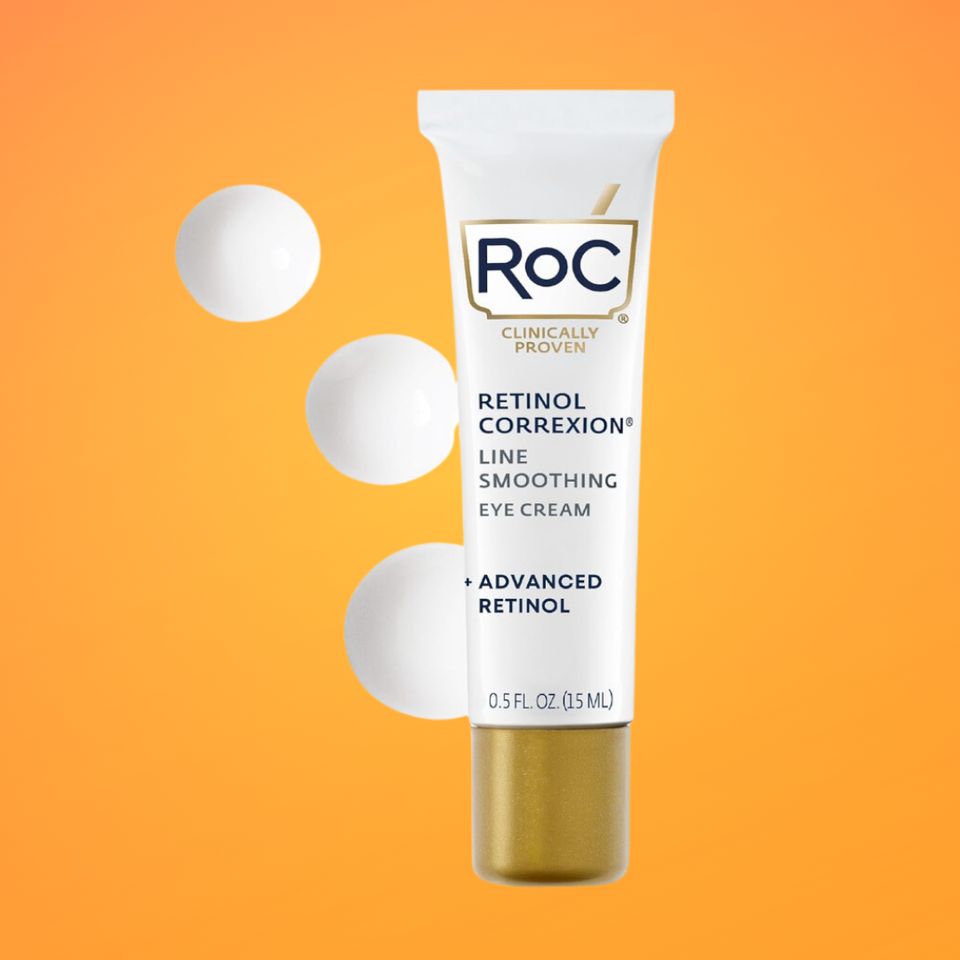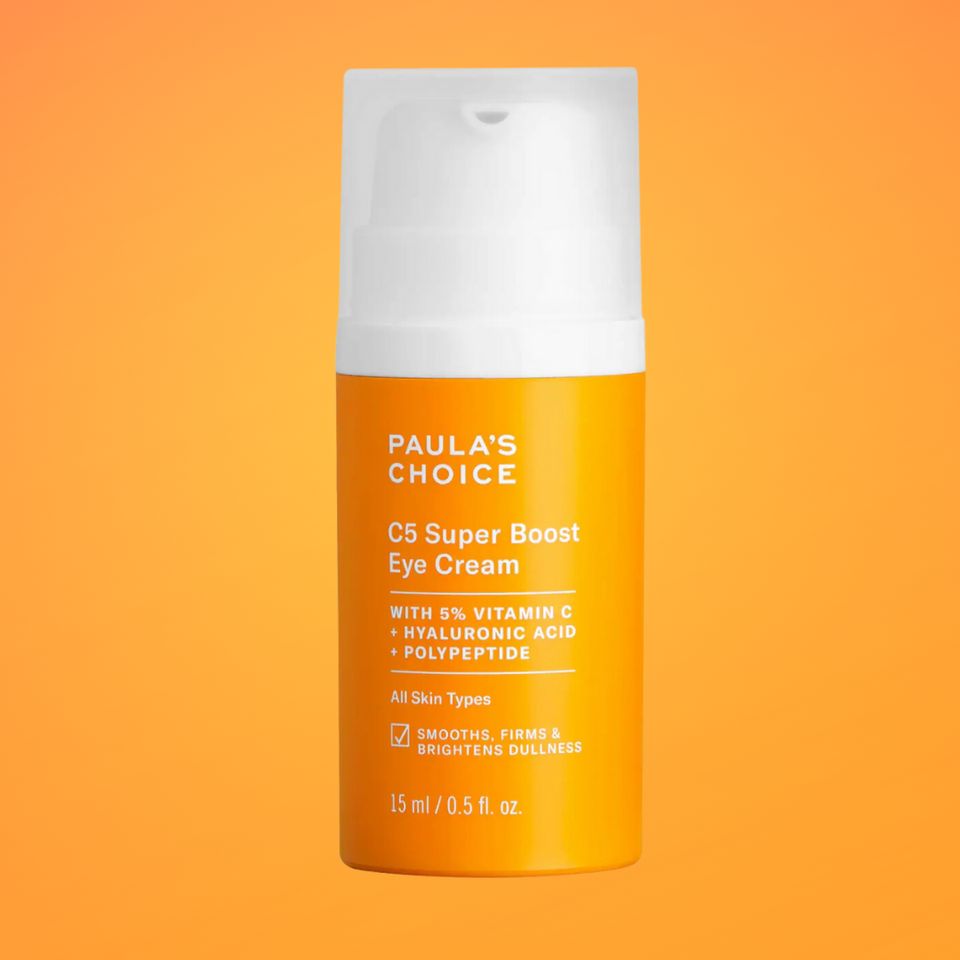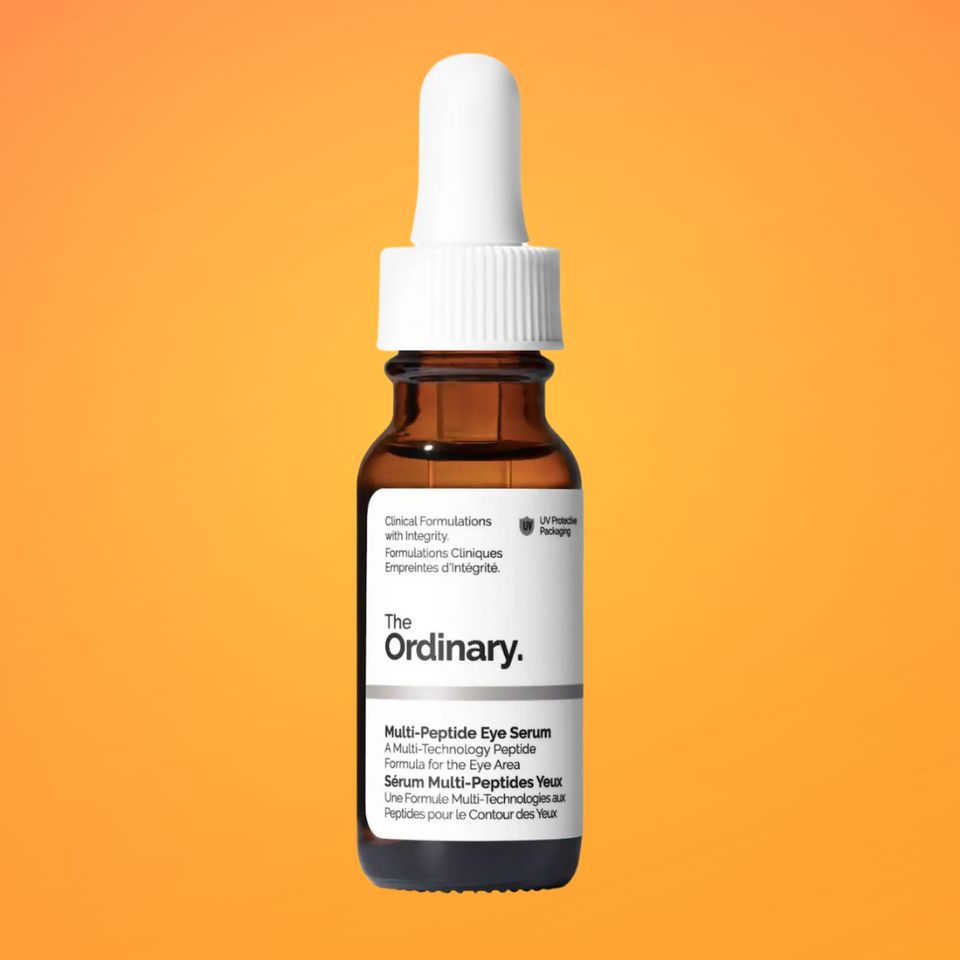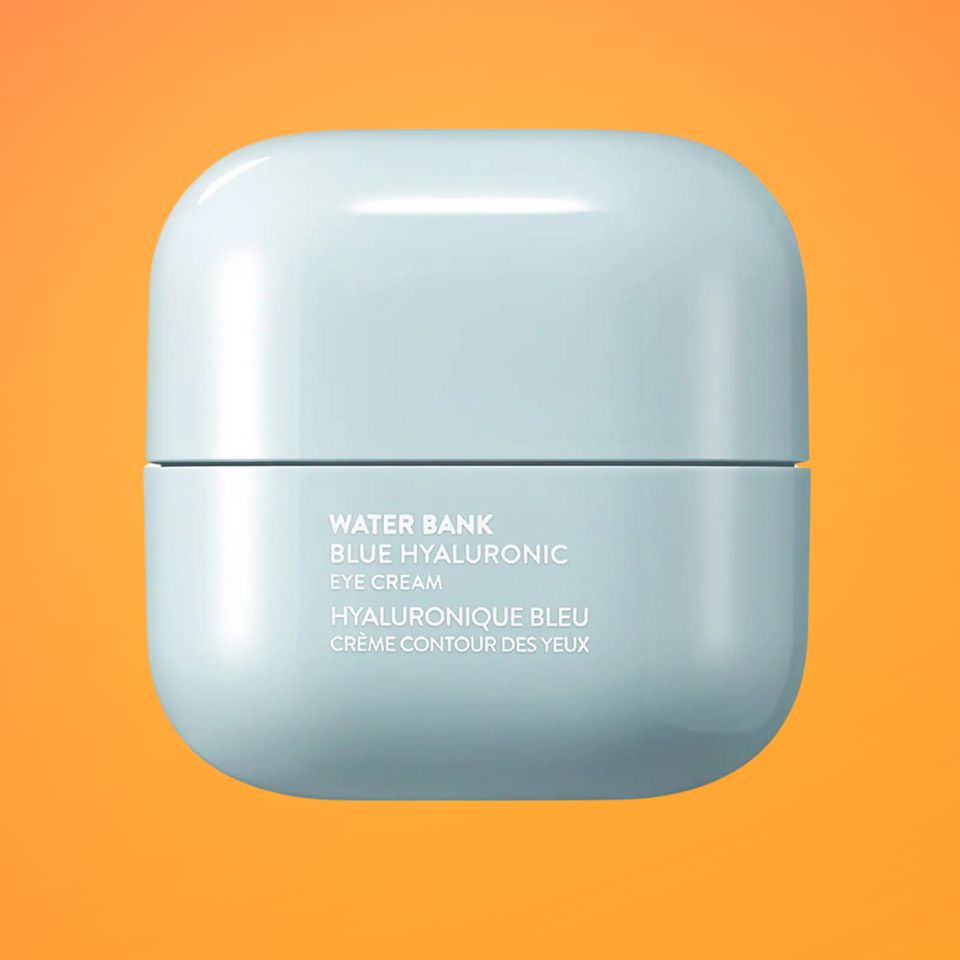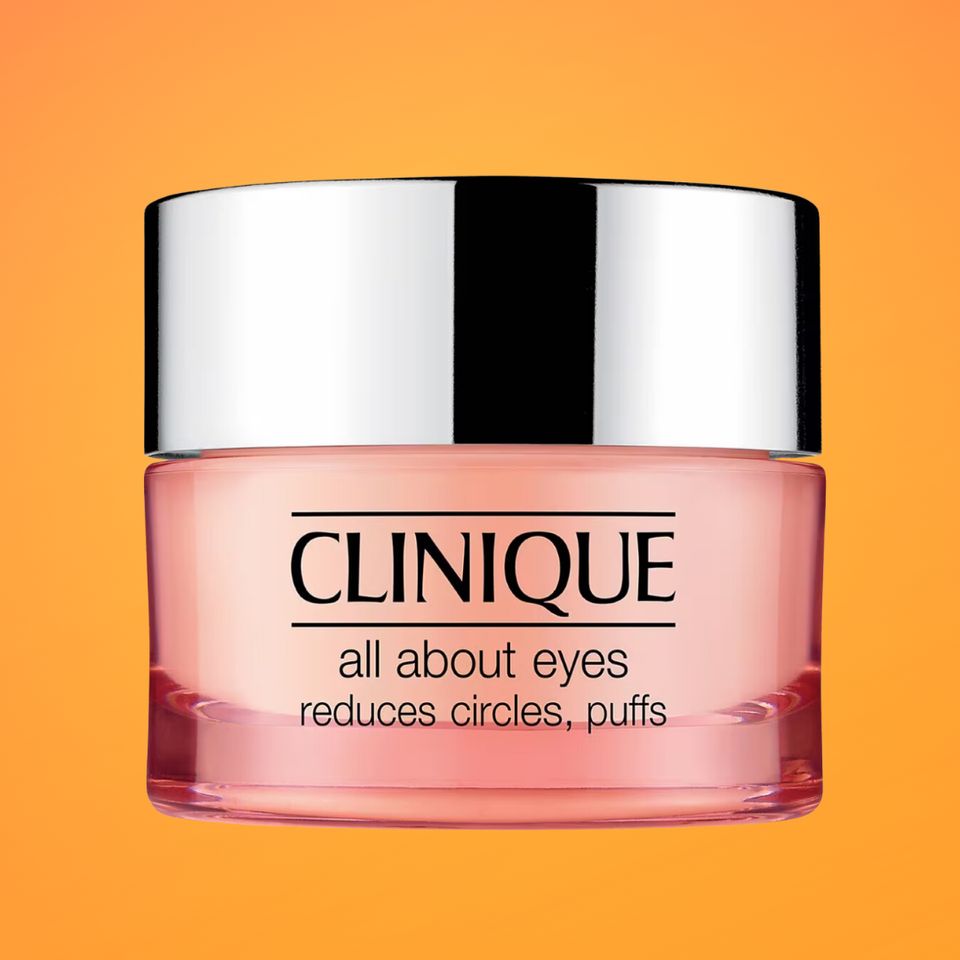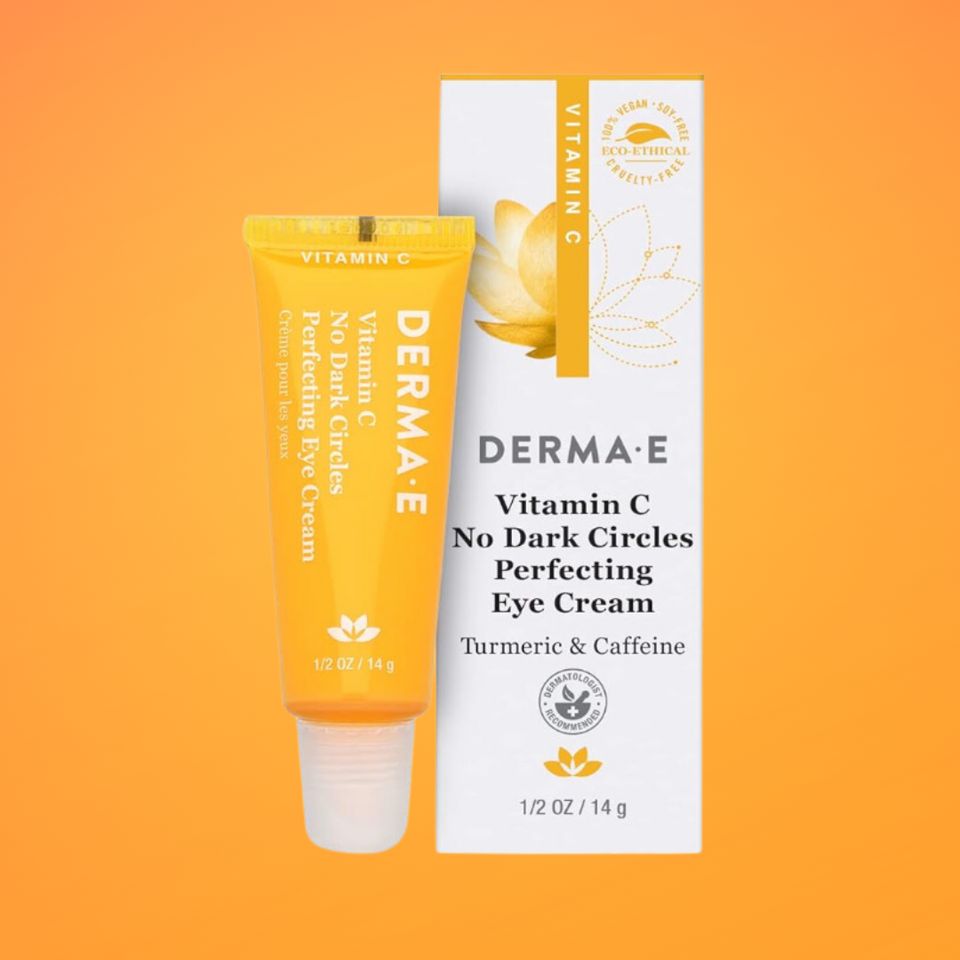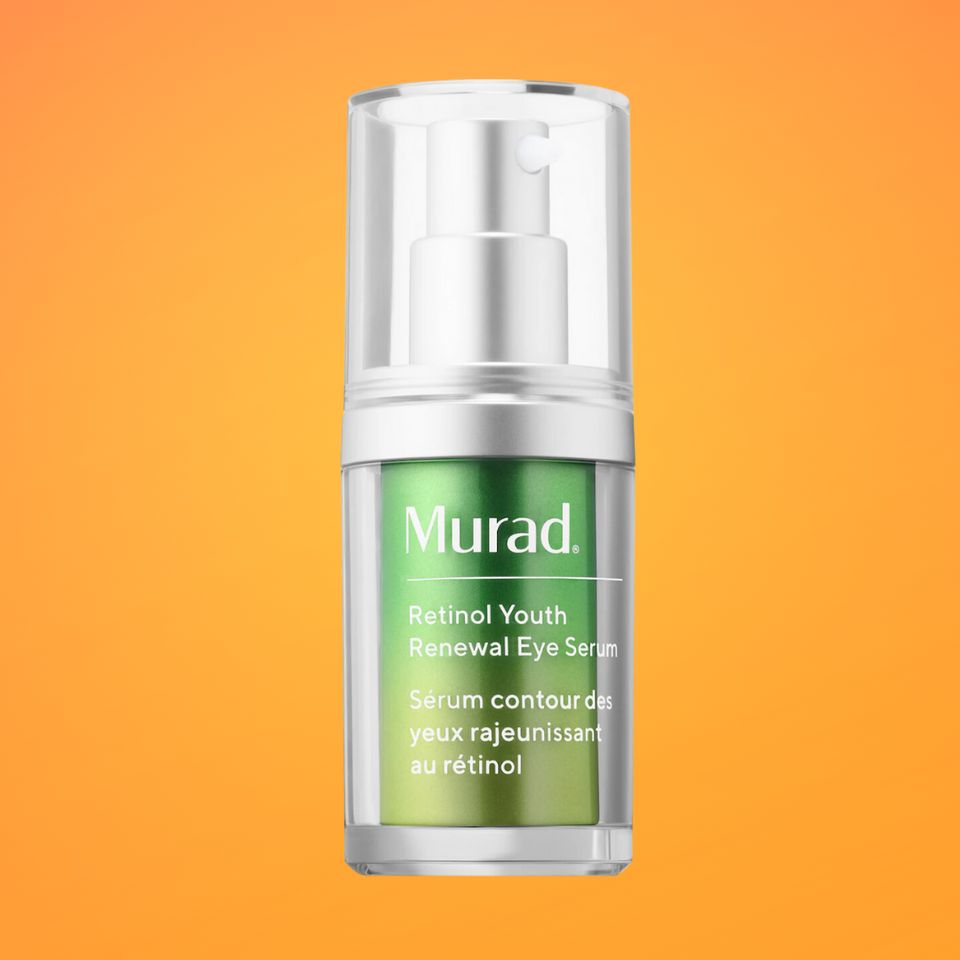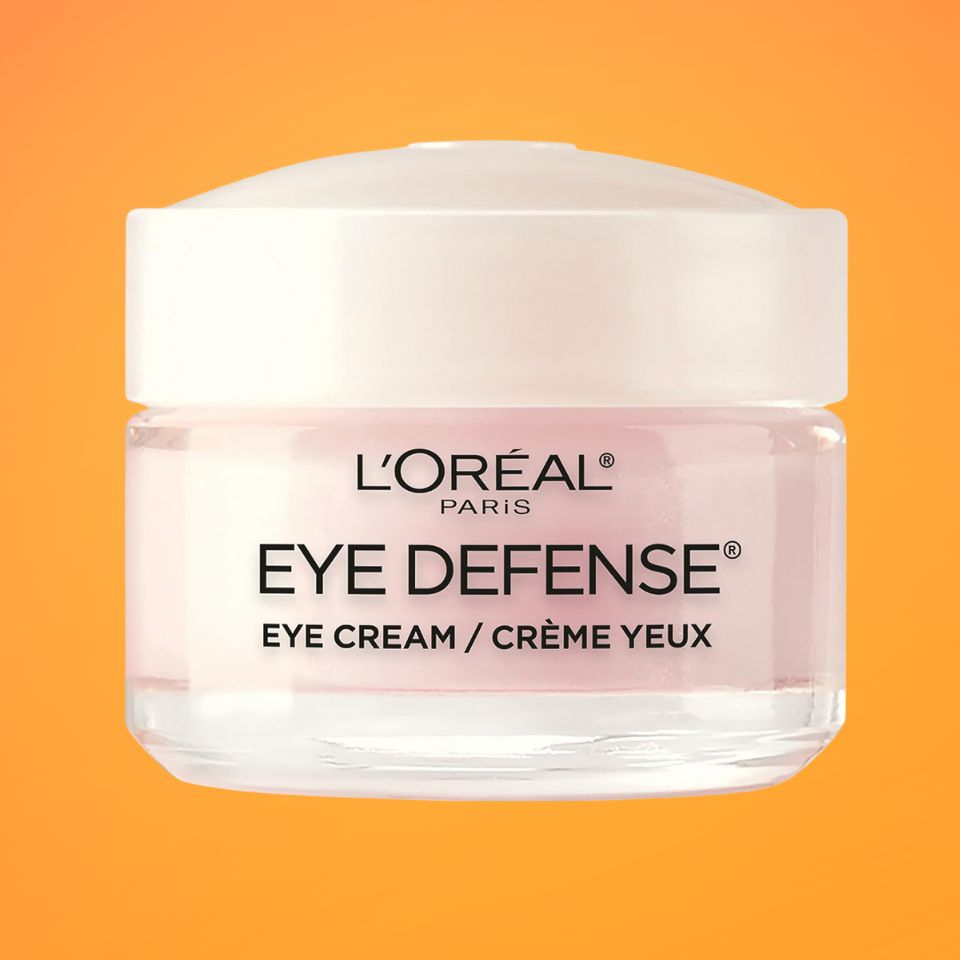Between concealer, correctors and eye patches, it’s safe to say that the under eyes are a common area of concern for most people. But if you struggle with eyeshadow creasing or droopy eyes, the upper eyelids can be equally as frustrating.
Below, skin care experts discuss the causes, side effects and treatment options for eyelid wrinkles.
All About Eyelids
One of the main characteristics of eyelid skin is how thin it is. Compared to the skin on other parts of the face, the eyelids have a very thin epidermis (the layer that acts as a barrier to the environment) and the thinnest dermis (the layer responsible for the skin’s structure and resilience), said dermatologist Dr. Geeta Yadav.
“There’s just so little tissue in this area and beyond skin, there’s almost no fat at all,” she added. This thinness can lead to fragility and sensitivity.
“Eyelids are a common area for dermatologists to find allergic contact dermatitis, among other rashes,” said dermatologist Dr. David Li. “For instance, you can use a fragrance that seems to do fine on most parts of your body, but if you have an allergy to the ingredient and it contacts the skin of the eyelids, you may very well get a rash in the area.” Certain skin care ingredients, like retinol and exfoliants, can also lead to dryness in this area.
Does Blinking Cause Eyelid Wrinkles?
Not necessarily. According to Li, there are three main causes of eyelid wrinkles: muscle overuse or skin manipulation, free radical damage to our skin’s collagen and genetics.
“Blinking alone probably doesn’t increase the risk of eyelid wrinkles, but excess squinting or contraction of the muscles around the eyes can definitely create fine lines that lead to static wrinkles (wrinkles that are still present at rest) on the upper and lower lids,” Li said. For instance, if you tug at your eyelids frequently (either while putting on makeup, rubbing your eyes or pulling the eyes down to insert contacts), it could result in softened tissue laxity over time, which can exacerbate eyelid wrinkles.
Aging and a general loss of skin elasticity where the skin is not able to bounce back as easily can also contribute to eyelid wrinkles. “If you pull on the skin of a youthful person with supple skin, it’ll likely bounce back and recoil immediately, but as the skin loses collagen and elastin, it’s less likely to recoil immediately and may stay in the pinched position after releasing the skin — we call this a test of skin-turgor, or its ability to bounce back,” said Laura Fischer, an aesthetic nurse practitioner at SkinSpirit.
This loss of collagen and elastin can also make the eyelids prone to dehydration, which doesn’t necessarily cause eyelid wrinkles but can emphasize the lines in this area and make them appear more noticeable. (It’s worth noting that even youthful skin that’s dehydrated can still accentuate eyelid wrinkles.) The good news: This is temporary, and a moisturizing skin care routine can help.
Finally, smoking and excess sun damage can lead to eyelid sagging and wrinkles due to “damage to the underlying collagen, which serves as a scaffold to create that healthy and plump appearance to the skin,” Li said.
The Side Effects Of Eyelid Wrinkles
Because the skin on the eyelids is the thinnest skin on the face, it’s prone to showing signs of damage (like dehydration, loss of elasticity and lines) first, explained Fischer.
Also, while eyelid wrinkles don’t necessarily interfere with vision, they can affect overall structure and skin laxity, said ophthalmologist Dr. Diane Hilal-Campo. “Medical issues, genetics and aging can cause the skin of the eyelid to droop to the point that it affects one’s ability to see, which is known as dermatochalasis and ptosis,” she explained. “Mild to moderate ptosis can be temporarily addressed with a prescription eye drop, but more advanced cases may require a blepharoplasty, also known as a lid lift.”
Beyond this, trivial (albeit frustrating) side effects of eyelid wrinkles, like eyeshadow creasing, can also occur. “Our eyelids naturally crease when we open and close our eyes, and makeup can shift and build up in those folds, causing eyeshadow creasing,” said Yadav, adding that some eye shapes are more prone to creasing than others.
What To Do About Eyelid Wrinkles
According to Yadav, prevention can go a long way. “Protecting your eyes with sunglasses and using a retinol eye cream can help prevent the formation of wrinkles,” she said. Aside from these, ensure you get adequate amounts of sleep, avoid smoking and consume an antioxidant-rich diet.
Keeping the skin on the eyelids moisturized is also critical to avoid emphasizing any lines. Yadav recommended using hydrating skin care ingredients like hyaluronic acid and glycerin and then sealing in that hydration with ingredients like squalane and ceramides to create a plumper, smoother look on the eyelids.
Support Free Journalism
Support HuffPost
Already contributed? Log in to hide these messages.
If you’re looking for a more vigorous solution to your eyelid wrinkles, there are some in-office treatments available. “When patients are starting to notice more lines around their eyes, I strongly advise that they begin treating the full face and neck with collagen-stimulating treatments like microneedling, BroadBand Light, Moxi and Halo lasers,” Fischer said. This is because the eye area is often the first to display age-related changes, and if you’re noticing lines and wrinkles in this area, the rest of the skin is likely close behind it. “The sooner one starts effective skin care and minimally-invasive procedures, the longer they can hold off on the more invasive approaches,” she said.
Remember that while eyelid wrinkles are completely normal if you’re experiencing redness or sensitivity on the eyelid skin, this may be a sign of an infection like blepharitis or a skin condition like eczema, warned Hilal-Campo. “If you’ve noticed changes to your eyes,” Hilal-Campo added, “it’s important to see your eye doctor to diagnose the issue and come up with a treatment plan.”
Want help dealing with the skin around your eyes? Check out these products that HuffPost readers love.
HuffPost and its publishing partners may receive a commission from some purchases made via links on this page. Every item is independently curated by the HuffPost Shopping team. Prices and availability are subject to change.
CeraVe eye repair cream
RoC Retinol Correxion eye cream
Paula’s Choice C5 Super Boost Vitamin C eye cream
LilyAna Naturals eye cream
The Ordinary Multi-Peptide eye serum
Laneige Water Bank Blue Hyaluronic eye cream
Clinique All About Eyes cream
Derma E Vitamin C No Dark Circles Perfecting eye cream
Murad Retinol Youth Renewal eye serum
L’Oreal Paris Dermo-Expertise Eye Defense eye cream
Support Free Journalism
Support HuffPost
Already contributed? Log in to hide these messages.


